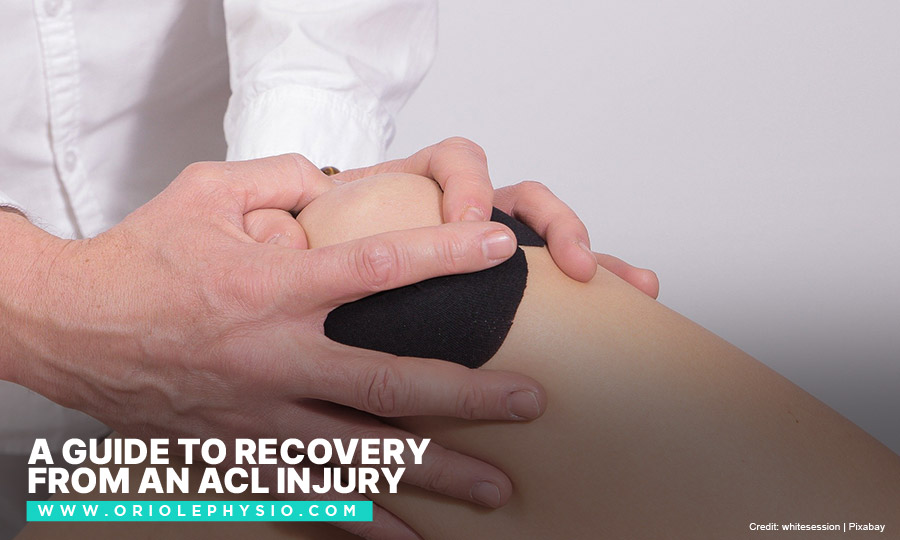A Guide to Recovery from an ACL Injury
Three bones meet at the knee — the tibia, femur, and patella, and four ligaments aid in the proper alignment of these bones. The ACL (anterior cruciate ligament) is one of two cross-shaped ligaments that support the knee by connecting the thighbone to the shinbone. Anyone who is active and enjoys athletics knows how important the ACL is. Despite its strength, the ACL is susceptible to sprains, partial rips, and total tears.
For the 2020-2021 season alone, there were 6 NBA ACL injuries reported. A torn anterior cruciate ligament (ACL) used to be career-ending for both amateur and professional players. Now, most athletes can return to their previous level of functioning thanks to recent breakthroughs in the diagnosis, treatment, and management of ACL injuries.
What Is an ACL Tear?
When the ACL is stretched beyond its limit and torn, it is known as an ACL injury. This sort of injury is common in sports that require a lot of jumping and quick starts and stops. The majority of ACL injuries happen as a result of contact or blow to the knee.
Many persons who are injured in this way are young and energetic. Females are also more likely than males to sustain ACL injuries, even when they participate in the same sport. When a person’s ACL is torn, other elements of the knee, such as the cartilage, tendons, and bones, are frequently injured as well.
What Are the Types of ACL Tears?
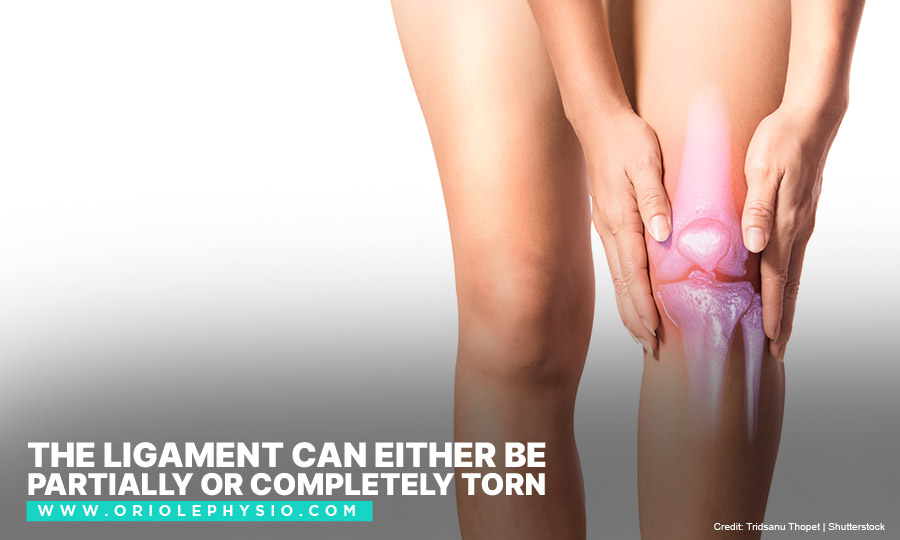
Doctors classify ACL injuries into 3 categories based on their severity:
- Grade 1
Your ligament has been overstretched, but it is still able to stabilize the knee joint. - Grade 2
This involves a partial ACL tear, and it occurs when the ACL stretches to the point where it becomes loose. - Grade 3
The ACL is torn into 2 and is no longer able to control the kneecap, also known as a complete tear of the ligament. This is the most severe type of injury.
Causes of ACL Injury
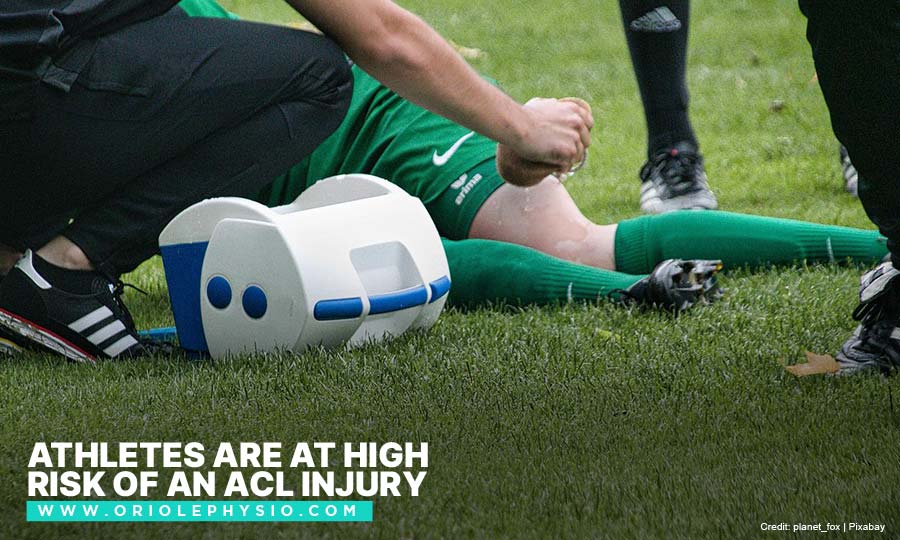
ACL injuries are common in athletes who stop and change directions abruptly. People in sports like soccer, football, tennis, basketball, volleyball, or gymnastics are more prone to twist their knees by accident. Your pace, combined with the manner you twisted or bent your knee, increases your chances of stretching or tearing your ACL.
In a summary, anterior cruciate ligament injury can occur as a result of the following factors:
- A sudden shift in direction,
- A bad landing following a jump,
- A sudden stop in motion; and
- Collision or a direct hit, such as in a football tackle
Symptoms of ACL Injury
A loud pop or feeling of “popping” in the knee is normally the first sign of an ACL tear. Other common signs and symptoms of an ACL injury include:
- Pain
You may experience pain along the joint line of your knee although some may not experience pain for mild injuries. Some patients find it difficult to stand or apply pressure to the injured limb. - Swelling
This is possible during the first 24 hours. Applying ice to your knee and elevating your leg with a pillow will help to minimize swelling. - Difficulty walking
If you can put pressure on your injured leg, you may realize that walking is more difficult than usual. The knee joint may feel looser for certain people. - Less range of motion
Following the injury, you will most likely be unable to bend and flex your knee as you typically would.
Treatment Options
Before diagnosing a patient, a doctor will analyze the extent of the damage. They may prescribe X-rays to check for bone damage or an MRI to detect any soft tissue injury. Anterior cruciate ligament injury treatment differs depending on the needs of the patient.
- Non-Surgical Procedure
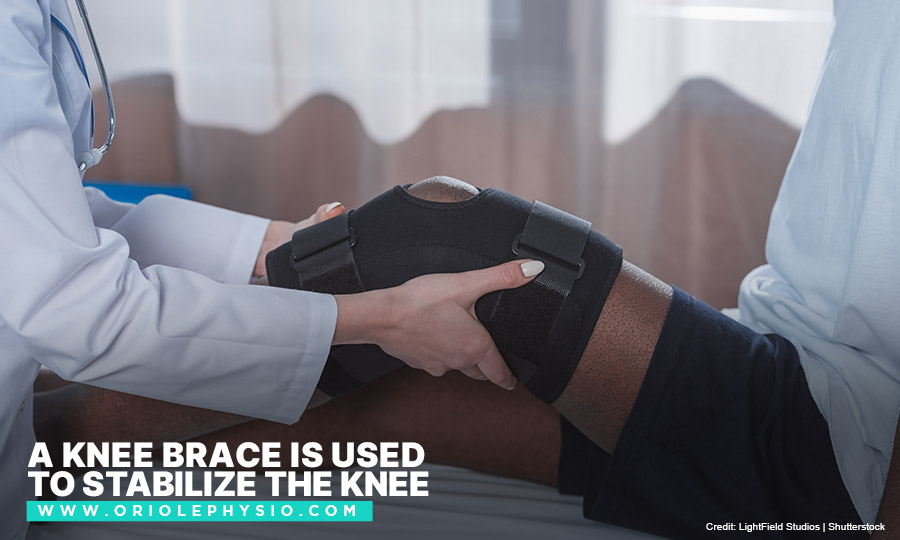
Continuous physical therapy, rehabilitation, and education on how to avoid instability without surgery can help the knee return to its pre-injury form. A hinged knee brace can be used in addition to this. However, many persons who opt out of surgery risk subsequent harm to their knees as a result of repeated instability episodes.
Non-surgical care is more feasible or may be suggested to patients:
-
- With partial tears and no signs of instability
- With complete tears but willing to let go of high-demand sports or activities
- Who engage in moderate physical work or lead sedentary lifestyles
- Surgical Procedure
If your ligament is badly torn, your knee is too weak to walk, or if you’re an athlete, your doctor may recommend ACL knee surgery. The surgery can either be a repair or a reconstruction.- In an ACL reconstruction, the ligament is replaced with a graft. The most common grafts are autografts, which are taken from a part of your own body, such as the patellar tendon or one of the hamstring tendons. Allograft tissue, which is taken from a deceased donor, is another option.
- Repair surgery is intended for avulsion fractures, where a ligament and a fragment of bone are separated from the rest of the bone. In this case, the ACL and bone fragment are reconnected to the bone.
What Happens After ACL Surgery?
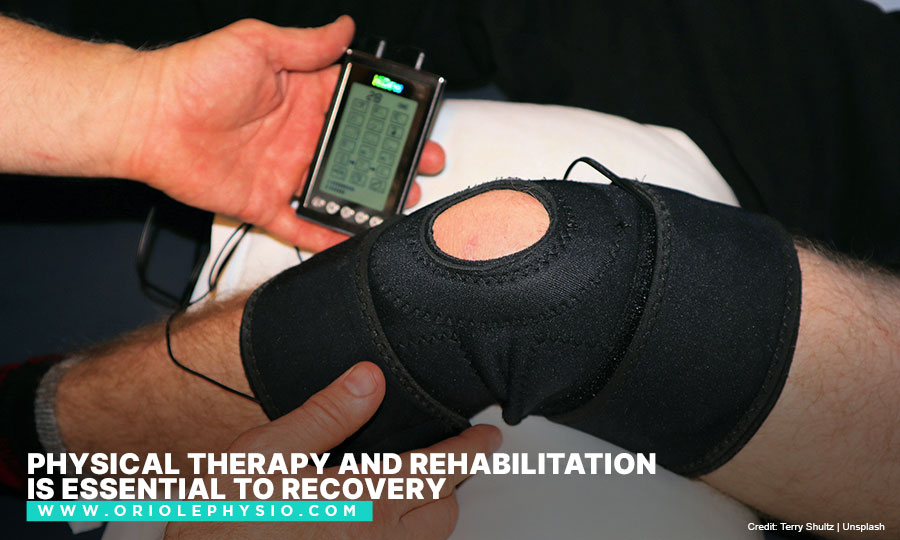
You will have some discomfort following surgery. This is a common occurrence during the healing process. Medications are normally provided for short-term pain management.
Physical therapy is an important element of a successful surgery, with specific exercises for ACL injury recovery starting as soon as the operation is completed. The patient may return to sports when there is no longer any discomfort or swelling, full range of motion has been restored, and leg muscle’s function, strength, and endurance have completely recovered.
How Long Does It Take to Recover From ACL Surgery and Return To Sports?
Since the surgery has become a minimally invasive procedure, patients can now start their physical therapy a day after their surgery. Drills like hopping, jumping, and agility is included in the rehabilitation regimen after 12 to 16 weeks. The recovery time from an ACL injury is usually between 6 and 9 months.
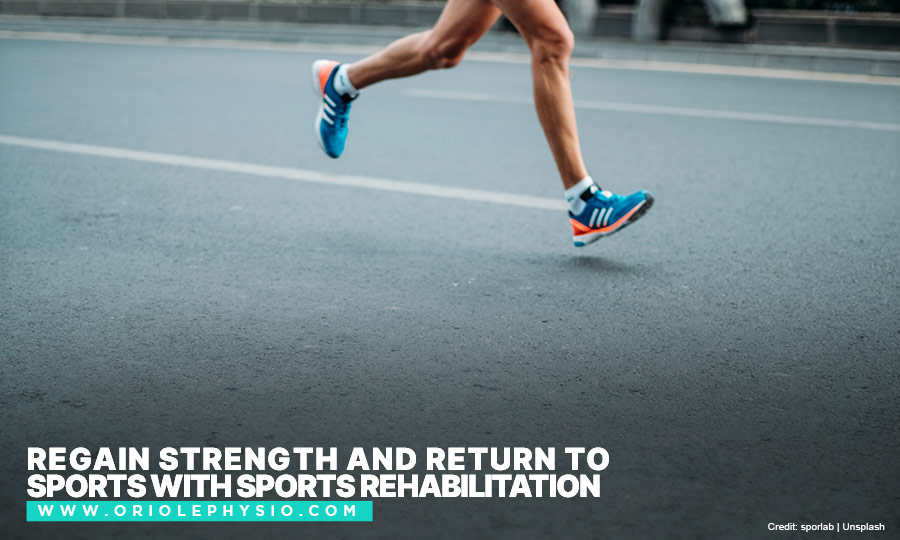
Gone are the days when an ACL tear meant saying goodbye to a career in sports. Today, it’s nothing but a temporary setback.
For sports rehab in North York, come to Oriole Physiotherapy and Rehabilitation Centre Inc. We offer sports therapy and rehabilitation services, so you can regain your strength and get back to sports in no time. Call us at 416-221-0772 today.

